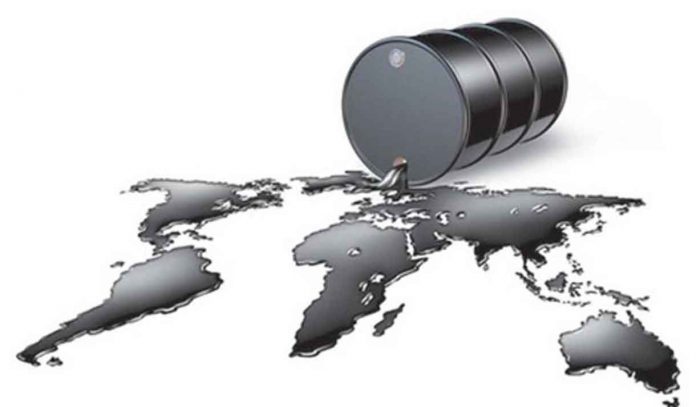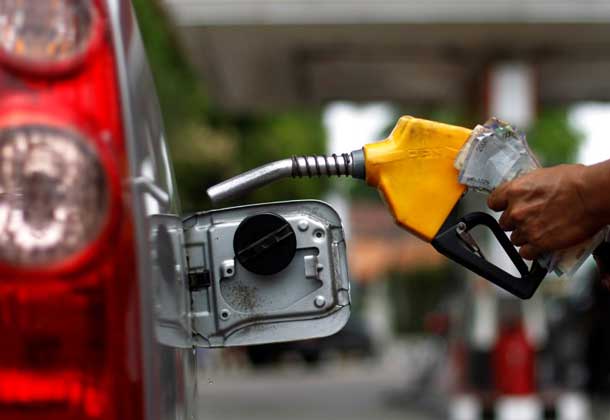What is the impact of the current $60-per-barrel cap on exported Russian oil products? The intention of the EU and G7 countries that imposed it is to put an end to Russia’s ability to conduct a war of aggression against Ukraine. However, as with so many anti-free market maneuvers, the move has unintended consequences. Not only is it causing higher volatility in energy commodity pricing, but it’s giving many nations outside the EU, notably China and India, an incentive to broker separate deals with the Russians in order to side-step the regulation.
Plus, the subsequent drop in crude price levels has helped buoy the US dollar and deeply affects several national economies that greatly rely on petroleum exports and imports. Why is the cap such a pertinent factor in the global economy and what is the impact of the price ceiling on the dollar and commodity currencies? What are the risks and rewards for investors based on the situation? Finally, what is the near-term prospect for the cost of oil through Q2 of 2023?
Why is the Petroleum Price Cap (PPC) So Important?
For individual investors who use a Forex broker regulated in Canada, any news about the PPC is of critical relevance. There are numerous opportunities and risks for people engaged in trading forex currency pairs, particularly the US dollar, Canadian dollar, Russian ruble, and the Brazilian real. All four are directly affected by volatility, rises, and declines in the petroleum markets.
- Risks: Unexpected changes in value based on political events can wreak havoc on any asset class. In this case, there could be an end to the Ukraine-Russia war at any time. However, a more likely development would be an expansion of the hostilities and a more restricted flow of crude. Investors who hold equity shares in energy companies need to protect themselves from a sudden deterioration of capital balances.
- Opportunities: Forex enthusiasts can go short or long with equal simplicity, as can CFD (contracts for difference) traders. That might be why so many of those who follow commodity currencies use forex accounts to hedge their positions with instruments like FX options.
Besides shorting and staying out of the action altogether, some traders and investors place stop loss and take profit orders on all their forex positions. That way, should the political scene transform rapidly, foreign exchange account holders can gain a significant measure of protection. It’s essential to use all the trading tools available in highly volatile scenarios.
What is the Overall Impact of the Price Ceiling?
There are things you might not know about investing and commodities. One thing being that when commodities markets, especially energy-related ones, experience volatility, they tend to have a ripple effect by causing value swings in the US dollar and the world’s many commodity currencies, Brazil being a typical example. When oil’s price declines, as it recently has, the US is the first in line beneficiary of the event.
It’s relevant for traders and investors to note that not only does the entire price cap situation, as well as the Ukraine-Russia war, impact the strength of the USD (dollar), but also significantly skews prices of commodity currencies. Those currencies are ones issued by countries whose economic health is primarily tied to a single commodity, in this case, oil. Brazil, Russia, and Canada are examples of petrol-tied currencies.
Also of note is that the international petrodollar system has been in place for about a half-century. Most of the world’s oil is denominated in US dollars. Thus, any nation that imports or exports crude must pay for it or receive payment for it only in US dollars. The upshot of the petrodollar arrangement is that all pricing changes in the petroleum sector have direct and almost immediate effects not only on the USD but also on Canada’s, Brazil’s, Russia’s, and other oil-centric exporters-importers.
Where are Oil Prices Headed in 2023?
While the current price limitation on Russia-based crude oil, it’s essential to take a look at where global prices are headed. Since a peak several months ago, the graph is aimed straight down. Even though there are ups and downs along the way, it’s possible that the per-barrel cost of crude will almost drop to the $60 mark by mid-2023.
What could that mean for the relevance of the current $60 ceiling? If G7 nations and the EU don’t move the capped point from where it is, the entire idea behind the capping could be moot by summer. In any case, as of late 2022, the Russian government and private suppliers are still making a handsome profit regardless of the $60 limitation. For that same reason, the USD should gain strength in the coming months.







